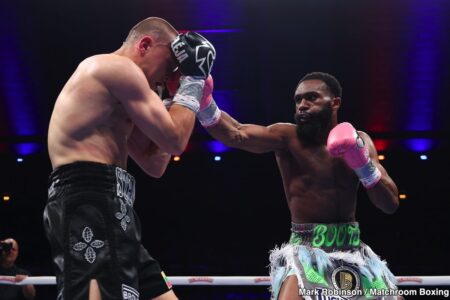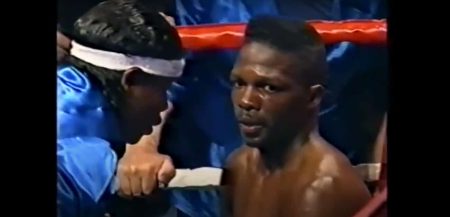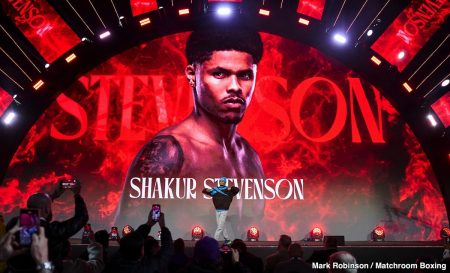Artificial Elevation
Ade Oladipo, a prominent boxing analyst, has proposed a strategic plan for Canelo Alvarez’s upcoming fights that aims to build anticipation for his bout with Terence Crawford. According to Oladipo, Canelo should fight William Scull on May 3rd, followed by Crawford in September. This sequence, he believes, would artificially inflate the importance of the Canelo-Crawford fight. By fighting Scull, a lesser-known and relatively unexciting opponent, the subsequent match with Crawford would seem more significant, even if the actual interest in Crawford’s fights is modest. However, this strategy is based on the assumption that fighting a less popular opponent before a more significant one will enhance the latter’s perceived importance, which may not hold true for the average fan.
The Real Problem with Crawford
The core issue, as Oladipo points out, is that Canelo vs. Crawford isn’t the "big fight" many promoters, including Turki Al-Sheikh, believe it to be. Crawford, despite his impeccable skill and record, lacks the widespread appeal that makes a fight a major event. His style, characterized by technical precision rather than flashy knockouts, has not captured the imagination of casual boxing fans. This lack of fan engagement is a significant drawback, and no amount of strategic matchmaking can fully compensate for it. If Canelo were to fight Jake Paul in May, the sheer scale of viewership—potentially reaching 50 million on Netflix and through Paul’s social media channels—would dwarf any following Crawford could muster. The risk is that the subsequent fight with Crawford would seem smaller by comparison, undermining the hype and financial potential of the event.
Illusion of Demand
Oladipo’s strategy hinges on the idea of building up to the Crawford fight, rather than building down from a more high-profile opponent. By facing Scull, a lesser-known fighter, Canelo would create an artificial sense of progression. If he wins the undisputed belt against Scull, the Crawford fight would be marketed as a historic clash, with Crawford vying to become the first three-weight undisputed champion. While this narrative is compelling, it relies on the assumption that fans will buy into the hype. However, the reality is that Crawford’s lack of popularity and the mediocrity of Scull as an opponent will likely fail to generate the necessary interest. The strategy seems to prioritize the perception of magnitude over the actual content and excitement of the fights.
The Risks of Artificial Hype
The proposed plan to fight Scull and then Crawford is a risky maneuver. Fighting a less popular opponent like Scull would not only fail to generate the necessary buzz but could also dampen fan interest in the subsequent bout with Crawford. Boxing fans, especially casual ones, are looking for exciting and entertaining fights, and a match against Scull does not meet that criteria. Scull’s recent performance, particularly his lackluster fight against Vladimir Shishikin, underscores his unsuitability for a main event. Canelo’s previous opponents, Edgar Berlanga and Jaime Munguia, were already considered below par, and Scull represents a further step down. This mismatch could lead to disengagement from the audience, potentially diminishing the value of the Crawford fight.
Comparison with Jake Paul
Contrastingly, a fight with Jake Paul in May would generate enormous buzz and viewership. Paul, despite his controversial and often criticized presence in boxing, has a massive following on social media and through streaming platforms. A bout with Paul could easily be the biggest fight of 2025, drawing tens of millions of viewers and generating significant revenue. However, this would create a different problem: the Crawford fight would seem smaller in comparison. Jake Paul, known for his ability to draw attention, could overshadow Crawford, making the latter’s fight seem less significant. This is a dilemma that promoters must navigate, as the goal is to maximize the value and excitement of every fight on the card.
The Illusion of Demand and Fan Expectations
Ultimately, the strategy of fighting Scull to build up to Crawford is an attempt to create an illusion of demand. Boxing fans, especially those who follow the sport closely, are likely to see through this tactic. They want to see the most entertaining and significant fights, and a match against Scull does not fit that bill. The risk is that this artificial inflation could backfire, leading to disillusionment among fans and reduced interest in the sport. It’s a fine line to walk, and promoters must carefully consider the long-term implications of their matchmaking decisions. The Crawford fight, while significant in a technical sense, needs to stand on its own merits, rather than relying on a manufactured narrative to gain traction.











